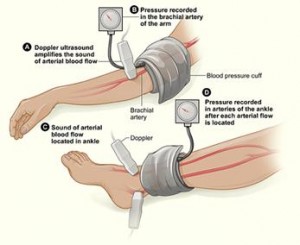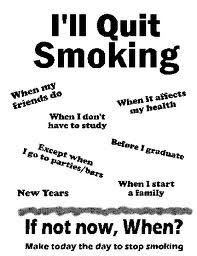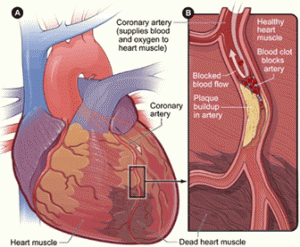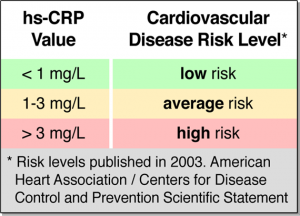One of the complications of diabetes is that ity leads to clogged arteries from peripheral artery disease and this can lead to heart attacks, strokes and circulation problems in the legs.
Recommendations were recently given to physicians in the December edition of the medical journal Diabetes Care that circulation problems in diabetics need to be monitored more stringently to avoid needless amputations.
Medically these circulation problems that affect mainly lower legs and feet are known as “peripheral vascular disease” (or PVD for short). PVD can be detected by the physician checking for ankle pulses. Another valuable and very simple test is to measure the blood pressure in the arm and at each ankle (using the stethoscope just under the inside (medial) ankle bone. If there is a major discrepancy between the arm and ankle blood pressure or if the ankle pulse is missing, this would be a sign of possible PVD. With a diabetic patient it would still be important to get the hemoglobin A1C under control through exercise, a low glycemic diet and possibly anti-diabetic medication. But the patient likely would have to be referred to a cardiovascular surgeon for further testing in order to find out whether there would be hardening of the arteries with circulation problems in the lower leg, the ankle or foot.
Dr. Peter Sheehan, the director of the Diabetes Foot & Ankle Center at the New York University school of medicine, stated that many patients and doctors overlook how frequent this condition is. About 33% of diabetic patients who are older than 50 years have PVD, but only a fraction know about it until it is too late. Once a patient has PVD in one of the legs there is a 4-fold risk of getting a heart attack or a stroke, because the hardening of the arteries is happening simultaneously in all of the body’s arteries. If the blood pressure is normal at the ankle, Dr. Sheehan recommends to check it again in 5 years.
Who should have the blood pressure check at the ankle? Here is a table that summarizes Dr. Sheehan’s recommendations.
| Which diabetic needs the ankle blood pressure check? | |
| High risk group: | Remarks or more detail: |
| Anyone with leg PVD* symptoms | legs tired or hurting when walking |
| Young diabetics with other risks |
smoking, high blood pressure, high cholesterol, diabetes present for more than 10 years are such risk factors |
| diabetics 50 years of age and over | particularly when the hemoblobin A1C is high and other risk factors are present |
| *PVD = peripheral vascular disease |
Why is it so important to screen for circulation problems in the lower legs? Because this is the area where diabetics tend to get problems that often result in amputations of a foot or lower leg below the knee. With early detection of these problems and intervention by a cardiovascular surgeon often disastrous outcomes can be avoided.
More info is available at:
Diabetes: http://nethealthbook.com/hormones/diabetes/type-2-diabetes/
High blood pressure: http://nethealthbook.com/cardiovascular-disease/high-blood-pressure-hypertension/
Last edited October 26, 2014











